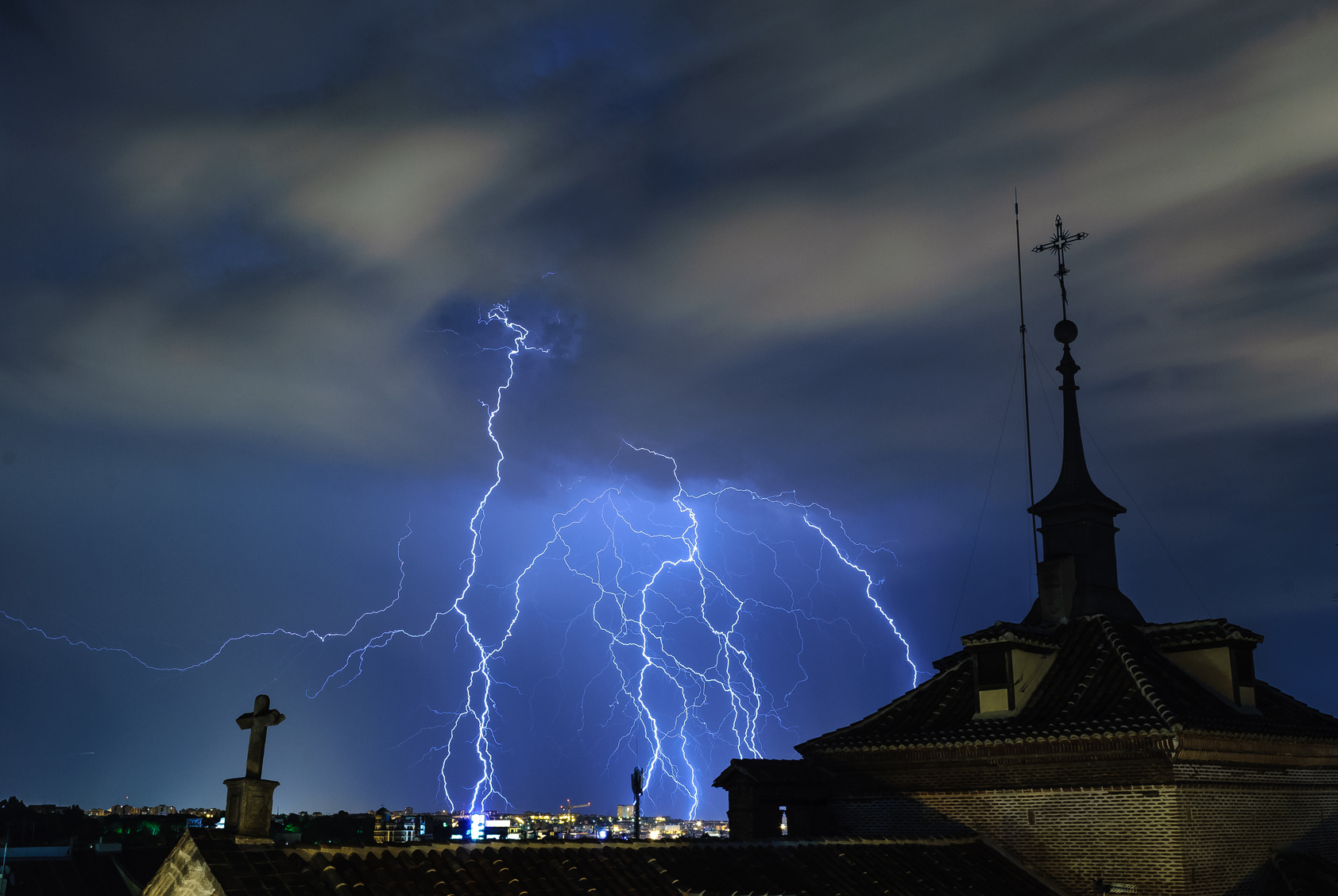Bertha, Bonnie, Floyd, Fran, Irene, Matthew. Those are all fine names, and they might have even been the members of the Personnel Committee of our church. But they are not. Each of them represents the name of a hurricane that rolled through our area on the coast of North Carolina in last twenty-five years. As their different names might suggest, each of them had a different personality. Each of them took slightly different paths, and each of them impacted us in different ways.
In the last month, we have heard and read about Harvey, Irma, Jose and Maria; the storms of 2017. The flooding in Houston and the total devastation in the islands of the Caribbean remind us of two powerful truths when it comes to storms. First, they come quickly and often leave quickly. Second, what they leave behind lasts for weeks, months, years and, sometimes, forever.
In Lumberton, NC the recovery from last year’s Hurricane Matthew is still ongoing. The same will be true for Houston and South Florida. One can only imagine what it will take for life to return to normal in places like Barbuda, Dominica, Puerto Rico and the Virgin Islands. There are no quick fixes to make everything okay or to make things ‘like they used to be’.
It is a bit like that in the church, too. A healthy congregation can be buzzing along doing ministry, caring for those within and without their community of faith. Everyone seems happy with the direction of the church. Finances are not a problem. Life is pretty good. And then it happens. A storm hits the church.
Church storms, like hurricanes, come in different categories. Some are no worse than a one or a two; but every once in a while, the storm is a four or a five. As with hurricanes, the more powerful the church storm, the longer it takes to recover. Imagine in the aftermath of a storm that all the things you once took for granted have seemingly evaporated. Communications are limited, electric power is days or weeks away, gasoline is in short supply, food cannot be purchased or prepared, and the list goes on and on.
Church storms can be nothing more than a fuss over the Constitution and Bylaws or the relocation of a Sunday School classroom. While neither of these is inconsequential, they are hardly more than a category 1. Then there are the big ones, the category 4 or 5 that threatens the very existence of the church: A moral failure on the part of some church leader where multiple families get hurt, a misappropriation of funds where trust gets destroyed, or a call to a new pastor or staff member whose theology or personality proves to be a poor fit for the congregation. Many a church has split over lesser issues than these.
All churches have storms from time to time. It has been so since the first century. But the measure of a congregation is how it handles recovery from a storm. Some churches identify a scapegoat and pile all the blame on that person. Other churches pretend the storm never happened. Still others own that the storm happened, but they quickly push it into the past and move on. Healthy churches have found a better way.
First, a healthy church knows you cannot ignore the storm. It must be named and evaluated as to its severity.
Second, a healthy church understands that the bigger the storm, the longer it takes for full recovery. There are no quick fix options when it comes to a bad storm.
Third, a healthy church understands that a storm can knock out power. It is often in the days following a storm that we need the power of the Holy Spirit more than ever, as opposed to our human instincts.
Finally, a healthy church knows that under certain circumstances, and depending upon the storm damage left behind, it may need help from others. To ask for such help requires a measure of both honesty and humility.
The Center for Healthy Churches is dedicated to helping congregations in many ways. We seek to help churches develop healthy processes that lead to good decision-making that, in turn, may help them avoid certain storms. But when those storms come, we are glad to come alongside a congregation to develop a spiritually thoughtful plan for recovery.
Storms, especially hurricanes, always leave behind a mess. There is a right way and a wrong way to clean up the debris, restore power and begin to live into a redemptive future. Make no mistake, it can be a long process and it can take a long time. But when done well, recovery can lead to a place where the congregation can affirm together…’the best is yet to be’.

Leave a Reply